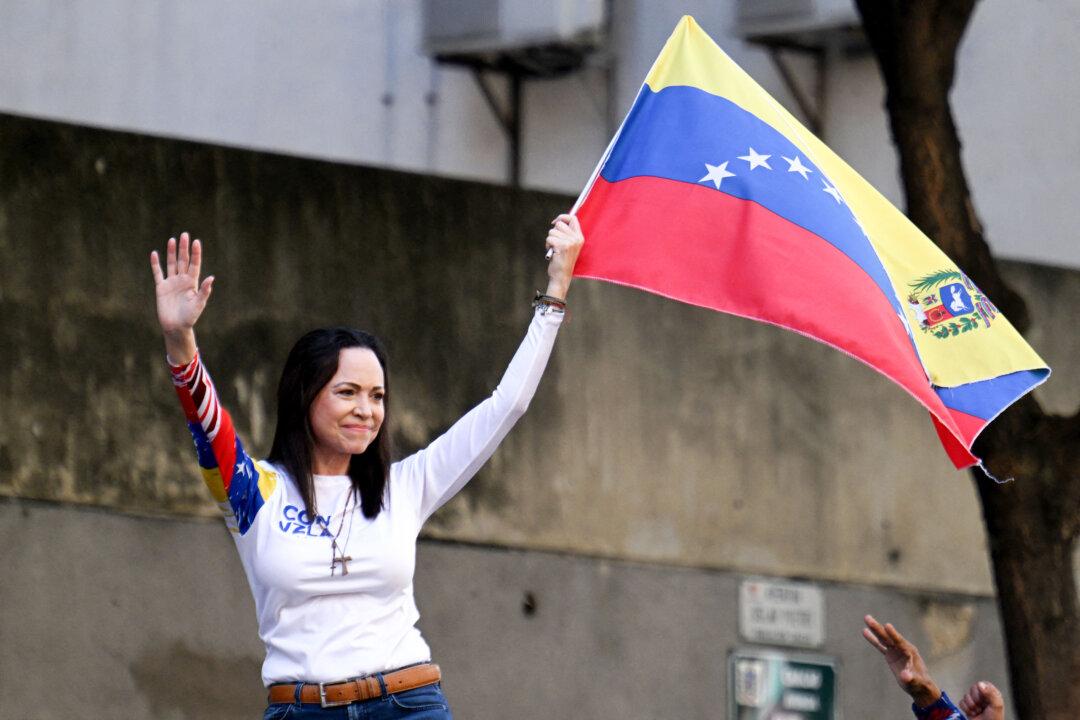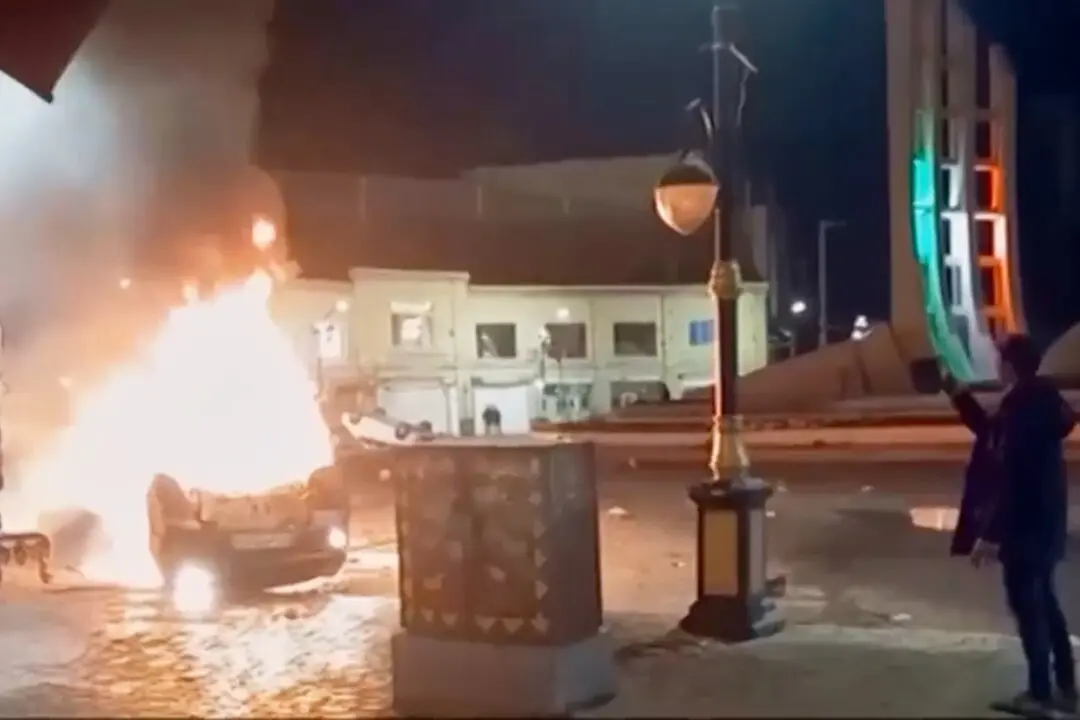The novel coronavirus, which causes the disease COVID-19, is stable on surfaces for hours and can survive for up to three days on some, according to the largest biomedical research agency in the world.
The National Institutes of Health (NIH) said in a news release that a new study has provided key information about the stability of SARS-CoV-2, the virus that causes the potentially deadly respiratory disease.





